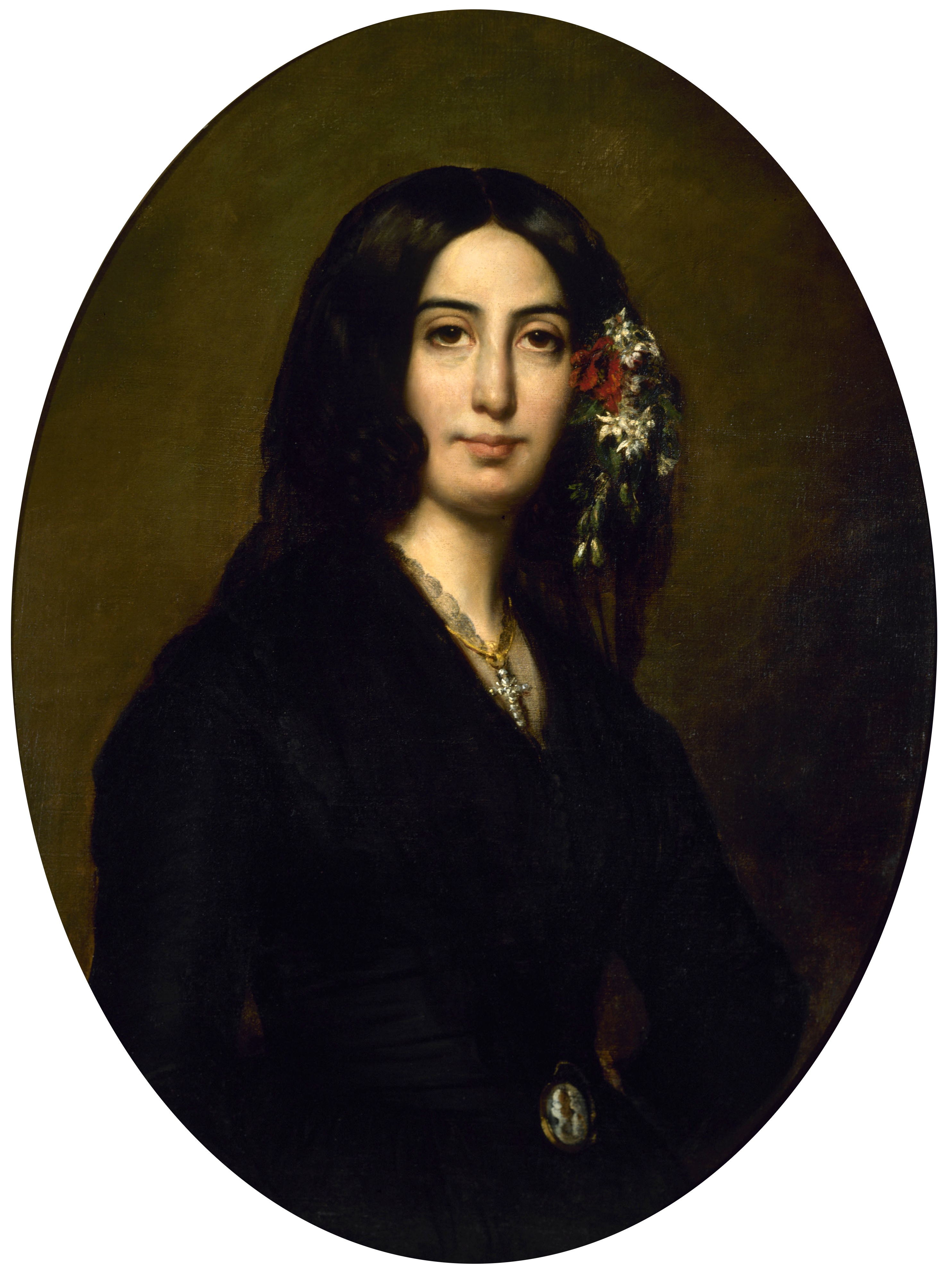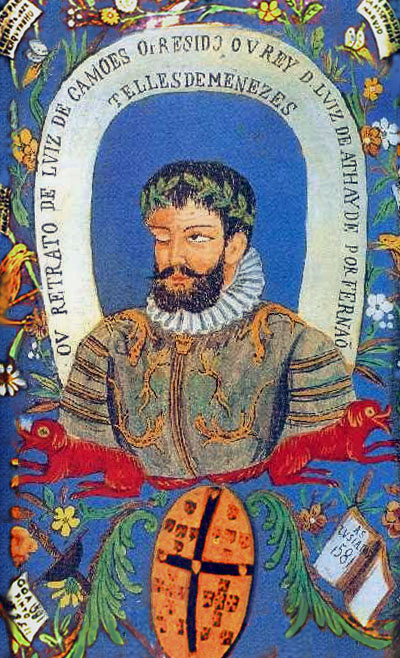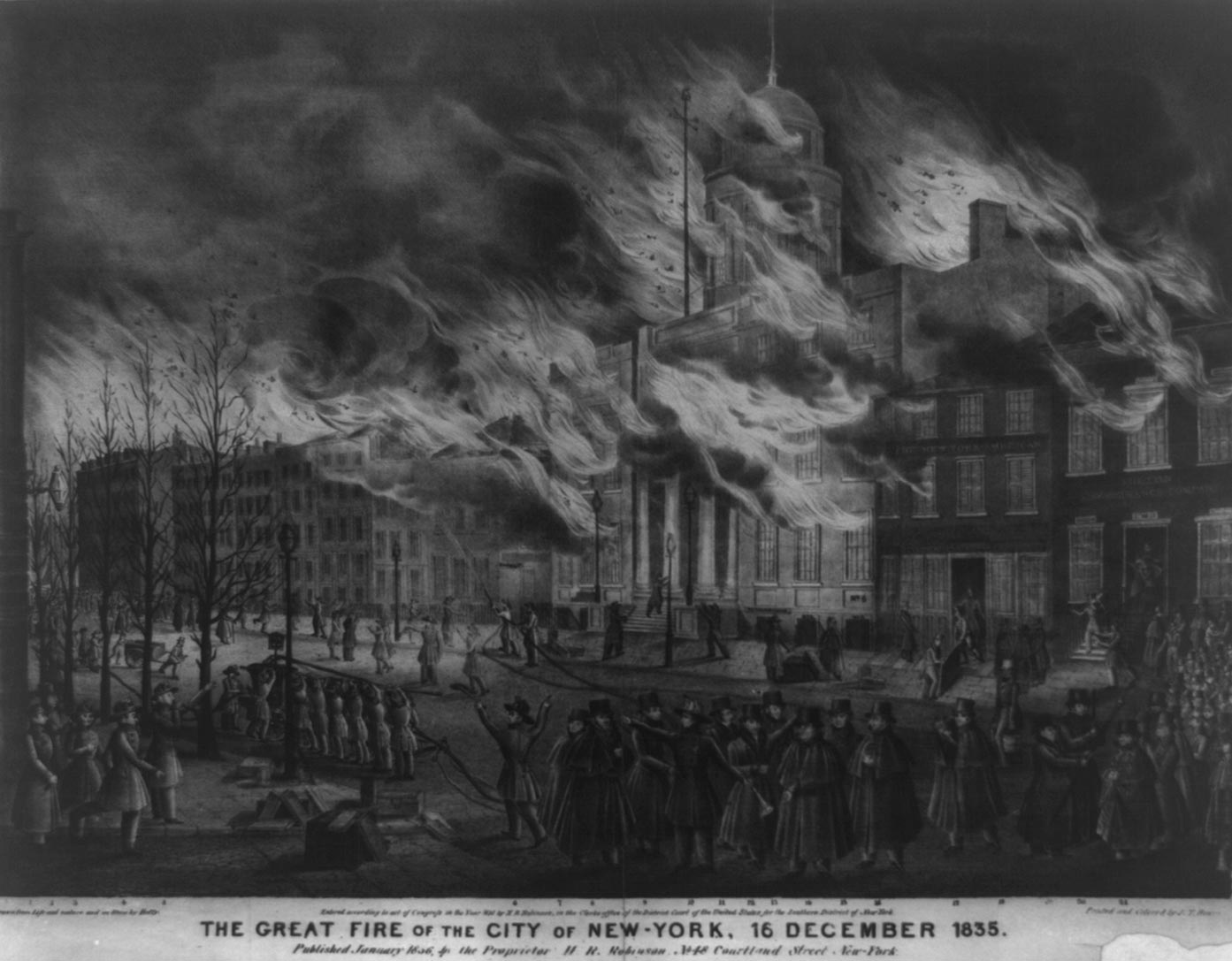|
Jan Ferguut
Jan Amandus Van Droogenbroeck ( Sint-Amands, 17 January 1835 - Schaerbeek, 27 May 1902), pseudonym ''Jan Ferguut'', was a Flemish poet and writer. He was a teacher and a civil servant. He was a pupil of Jan Van Beers at the ''Normaalschool'' in Lier, and a follower of Johan Michiel Dautzenberg. Jan Van Droogenbroeck contributed to the magazines ''De Toekomst'', ''Noord en Zuid'', and ''Het Nederlandsch Tijdschrift''. Streets were named after him in Schaerbeek and Sint-Amands. Bibliography * ''Makamen en ghazelen'' (1866) * ''Ondine'' (1867 * ''Dit zijn zonnestralen'' (1873) * ''Torquato Tasso's dood'' (1873) – Torquato Tasso * ''Camoens'' (1879) – Camoens * ''De morgen'' (1887) * ''Spreuken en sproken'' (1891) * ''Gedichten'' (1894) See also * Flemish literature Flemish literature is literature from Flanders, historically a region comprising parts of present-day Belgium, France and the Netherlands. Until the early 19th century, this literature was regarded as an integ ... [...More Info...] [...Related Items...] OR: [Wikipedia] [Google] [Baidu] |
Van Droogenbroeck Jan 070512
A van is a type of road vehicle used for transporting goods or people. There is some variation in the scope of the word across the different English-speaking countries. The smallest vans, microvans, are used for transporting either goods or people in tiny quantities. Mini MPVs, compact MPVs, and MPVs are all small vans usually used for transporting people in small quantities. Larger vans with passenger seats are used for institutional purposes, such as transporting students. Larger vans with only front seats are often used for business purposes, to carry goods and equipment. Specially equipped vans are used by television stations as mobile studios. Postal services and courier companies use large step vans to deliver packages. Word origin and usage Van meaning a type of vehicle arose as a contraction of the word caravan. The earliest records of a van as a vehicle in English are in the mid-19th century, meaning a covered wagon for transporting goods; the earliest reported rec ... [...More Info...] [...Related Items...] OR: [Wikipedia] [Google] [Baidu] |
Sint-Amands
Sint-Amands () is a town and a former Municipalities of Belgium, municipality located in the Belgium, Belgian province of Antwerp (province), Antwerp, Belgium. The municipality comprises the towns of Lippelo, Oppuurs and Sint-Amands proper. In 2021, Sint-Amands had a total population of 8,524. The total area is 15.58 km2. Sint-Amands is located at the right bank of the Scheldt river. Effective 1 January 2019, Puurs and Sint-Amands were Fusion of the Belgian municipalities, merged into the new municipality of Puurs-Sint-Amands. History The inhabited area of Sint-Amands has been present since Roman Empire, Roman times, with Roman artifacts discovered in the modern day municipality. The first written reference to Sint-Amands dates to 822, in a document authored by Louis the Pious, king of Carolingian Empire at that time and son of Charlemagne. Sint-Amands was the central location of the Baasrode region (today Dendermonde) and the region was given as a gift to the Saint-Aman ... [...More Info...] [...Related Items...] OR: [Wikipedia] [Google] [Baidu] |
Schaerbeek
(French language, French, ; former History of Dutch orthography, Dutch spelling) or (modern Dutch language, Dutch, ) is one of the List of municipalities of the Brussels-Capital Region, 19 municipalities of the Brussels, Brussels-Capital Region, Belgium. Located in the north-eastern part of the region, it is bordered by the City of Brussels, Etterbeek, Evere and Saint-Josse-ten-Noode. In common with all of Brussels' municipalities, it is legally Multilingualism, bilingual (French–Dutch). Schaerbeek has a multicultural identity stemming from its diverse population. , the municipality had a population of 130,690 inhabitants. The total area is , which gives a population density of , twice the average of Brussels. Toponymy Etymology The first mention of Schaerbeek's name was ''Scarenbecca'', recorded in a document from the Roman Catholic Archdiocese of Cambrai, Bishop of Cambrai in 1120. The origin of the name may come from the Franconian languages, Franconian (Old Dutch) wor ... [...More Info...] [...Related Items...] OR: [Wikipedia] [Google] [Baidu] |
Pseudonym
A pseudonym (; ) or alias () is a fictitious name that a person assumes for a particular purpose, which differs from their original or true meaning ( orthonym). This also differs from a new name that entirely or legally replaces an individual's own. Many pseudonym holders use them because they wish to remain anonymous and maintain privacy, though this may be difficult to achieve as a result of legal issues. Scope Pseudonyms include stage names, user names, ring names, pen names, aliases, superhero or villain identities and code names, gamertags, and regnal names of emperors, popes, and other monarchs. In some cases, it may also include nicknames. Historically, they have sometimes taken the form of anagrams, Graecisms, and Latinisations. Pseudonyms should not be confused with new names that replace old ones and become the individual's full-time name. Pseudonyms are "part-time" names, used only in certain contexts: to provide a more clear-cut separation between one's privat ... [...More Info...] [...Related Items...] OR: [Wikipedia] [Google] [Baidu] |
Flanders
Flanders ( or ; ) is the Dutch language, Dutch-speaking northern portion of Belgium and one of the communities, regions and language areas of Belgium. However, there are several overlapping definitions, including ones related to culture, language, politics, and history, and sometimes involving neighbouring countries. The demonym associated with Flanders is Flemings, Fleming, while the corresponding adjective is Flemish people, Flemish, which can also refer to the collective of Dutch dialects spoken in that area, or more generally the Belgian variant of Standard Dutch. Most Flemings live within the Flemish Region, which is a federal state within Belgium with its own elected government. However, like Belgium itself, the official capital of Flanders is the City of Brussels, which lies within the Brussels, Brussels-Capital Region, not the Flemish Region, and the majority of residents there are French speaking. The powers of the Flemish Government in Brussels are limited mainly ... [...More Info...] [...Related Items...] OR: [Wikipedia] [Google] [Baidu] |
Jan Van Beers (poet) (1852–1927), Belgian painter and illustrator
{{hndis, Beers, Jan Van ...
Jan van Beers may refer to: * Jan van Beers (poet) (1821–1888), Belgian poet * Jan van Beers (artist) Jean Marie Constantin Joseph "Jan" van Beers (27 March 1852 – 17 November 1927) was a Belgian painter and illustrator, son of the poet Jan van Beers (poet), Jan van Beers. They are sometimes referred to as ''Jan van Beers the elder'' and ... [...More Info...] [...Related Items...] OR: [Wikipedia] [Google] [Baidu] |
Lier, Belgium
Lier (; ) is a municipality located in the Belgium, Belgian province of Antwerp (province), Antwerp. It is composed of the city of Lier proper and the village of Koningshooikt. The city centre is surrounded by the river ''Nete'', around which it grew. In 2018, Lier had a total population of 35,712. The total area is 49.70 km making a population density (PD) of 720 per km. Lier is known for its beers (which include Caves (beer), Caves), its patron saint Gummarus, St. Gummarus and ''Lierse vlaaikes'' cake. It is also home to the world headquarters of Van Hool, a global bus and coach manufacturer. Lier's two principal football clubs are K Lyra-Lierse Berlaar, K. Lyra-Lierse and Lierse Kempenzonen (formerly known as KFC Oosterzonen, which moved to Lier in 2018). Etymology The etymology of the name ''Lier'' is still under debate. It most likely refers to the river ''Nete'' and the muddy soils that surround it. The Latin name of Lier is ''Lyra'', the suffix of which (-ara) is probab ... [...More Info...] [...Related Items...] OR: [Wikipedia] [Google] [Baidu] |
Johan Michiel Dautzenberg
Johan Michiel Dautzenberg (6 December 1808, in Heerlen – 4 February 1869, in Elsene) was a Belgian writer. Professionally he was successively secretary, clerk, teacher, private tutor, and bookkeeper. He wrote poems on nature, songs, novels, poems concerning the Flemish movement. According to August Vermeylen, he was the first consciously Flemish writer. With his ''Beknopte prosodie der Nederduitsche taal'' (a study of Dutch prosody), he tried to convince his fellow poets to return to the classical metrics of poetry. His work shows a strong German literary influence, and he translated ''Loverkens'' by Hoffmann von Fallersleben. His first collection, ''Gedichten'' (Poems), appeared in 1850, and the following year the first edition of his ''Beknopte Prosodia der Nederduitsche Taal''. Many poems, songs, and literary studies followed, including an ode to miners. In 1857, he and some friends founded the educational journal ''De Toekomst'' (The Future). He translated the ''Odes'' ... [...More Info...] [...Related Items...] OR: [Wikipedia] [Google] [Baidu] |
Torquato Tasso
Torquato Tasso ( , also , ; 11 March 154425 April 1595) was an Italian poet of the 16th century, known for his 1591 poem ''Gerusalemme liberata'' (Jerusalem Delivered), in which he depicts a highly imaginative version of the combats between Christians and Muslims at the end of the First Crusade, during the Siege of Jerusalem (1099), Siege of Jerusalem of 1099. Tasso had mental illness and died a few days before he was to be Poet laureate, crowned on the Capitoline Hill as the king of poets by Clement VIII, Pope Clement VIII. His work was widely translated and adapted, and until the beginning of the 20th century, he remained one of the most widely read poets in Europe. Biography Early life Born in Sorrento, Torquato was the son of Bernardo Tasso, a nobleman of Bergamo and an epic and lyric poet of considerable fame in his day, and his wife Porzia de Rossi, a noblewoman born in Naples of Tuscany, Tuscan origins. His father had for many years been secretary in the service of ... [...More Info...] [...Related Items...] OR: [Wikipedia] [Google] [Baidu] |
Luís De Camões
Luís Vaz de Camões (; or 1525 – 10 June 1580), sometimes rendered in English as Camoens or Camoëns ( ), is considered Portugal's and the Portuguese language's greatest poet. His mastery of verse has been compared to that of William Shakespeare, Shakespeare, John Milton, Milton, Joost van den Vondel, Vondel, Homer, Virgil and Dante Alighieri, Dante. He wrote a considerable amount of lyrical poetry and drama but is best remembered for his epic work ''Os Lusíadas'' (''The Lusiads''). His collection of poetry ''The Parnasum of Luís de Camões'' was lost during his life. The influence of his masterpiece ''Os Lusíadas'' is so profound that Portuguese language, Portuguese is sometimes called the "language of Camões". The day of his death, 10 June Old Style and New Style dates, O.S., is Portugal Day, Portugal's national day. Life Origins and youth Much of the information about Luís de Camões' biography raises doubts and, probably, much of what circulates about him is noth ... [...More Info...] [...Related Items...] OR: [Wikipedia] [Google] [Baidu] |
Flemish Literature
Flemish literature is literature from Flanders, historically a region comprising parts of present-day Belgium, France and the Netherlands. Until the early 19th century, this literature was regarded as an integral part of Dutch literature. After Belgium became independent from the Netherlands in 1830, the term Flemish literature acquired a narrower meaning and refers to the Dutch-language literature produced in Belgium. It remains a part of Dutch-language literature. Medieval Flemish literature In the earliest stages of the Dutch language, a considerable degree of mutual intelligibility with some (what we now call) German dialects was present, and some fragments and authors are claimed for both realms. Examples include the 12th-century poet Hendrik van Veldeke, who is claimed by both Dutch and German literature. In the first stages of Flemish literature, poetry was the predominant form of literary expression. In the Low Countries as in the rest of Europe, courtly romance and p ... [...More Info...] [...Related Items...] OR: [Wikipedia] [Google] [Baidu] |
1835 Births
Events January–March * January 7 – anchors off the Chonos Archipelago on her second voyage, with Charles Darwin on board as naturalist. * January 8 – The United States public debt contracts to zero, for the only time in history. * January 24 – Malê Revolt: African slaves of Yoruba Muslim origin revolt against Brazilian owners at Salvador, Bahia. * January 26 ** Queen Maria II of Portugal marries Auguste de Beauharnais, 2nd Duke of Leuchtenberg, in Lisbon; he dies only two months later. ** Saint Paul's in Macau is largely destroyed by fire after a typhoon hits. * January 30 – The first assassination attempt against a President of the United States is carried out against U.S. President Andrew Jackson at the United States Capitol * February 1 – Slavery is abolished in Mauritius. * February 20 – 1835 Concepción earthquake: Concepción, Chile, is destroyed by an earthquake. The resulting tsunami destroys the neighboring city of Talcahuano. * March 2 – ... [...More Info...] [...Related Items...] OR: [Wikipedia] [Google] [Baidu] |








